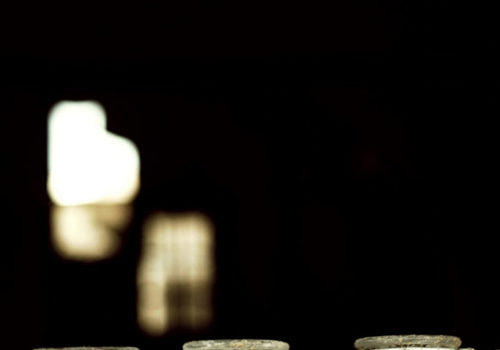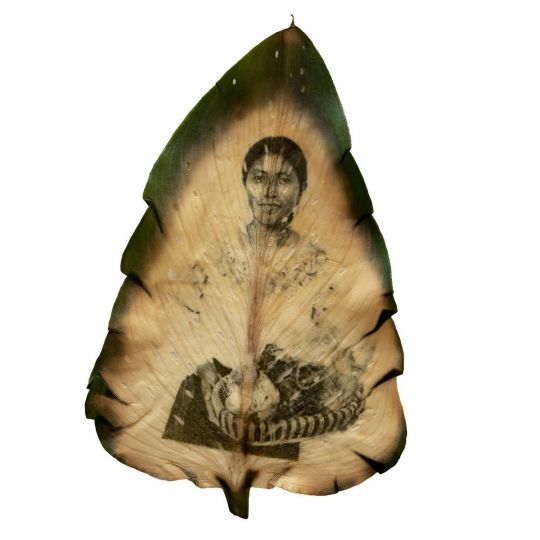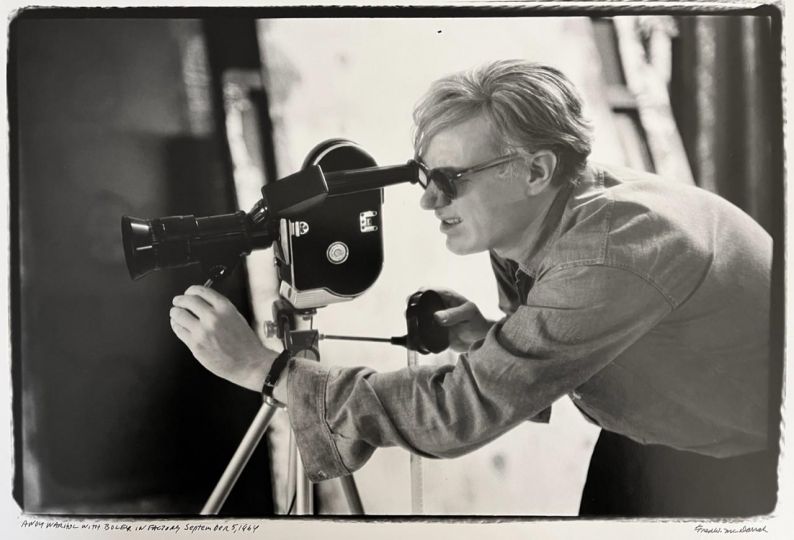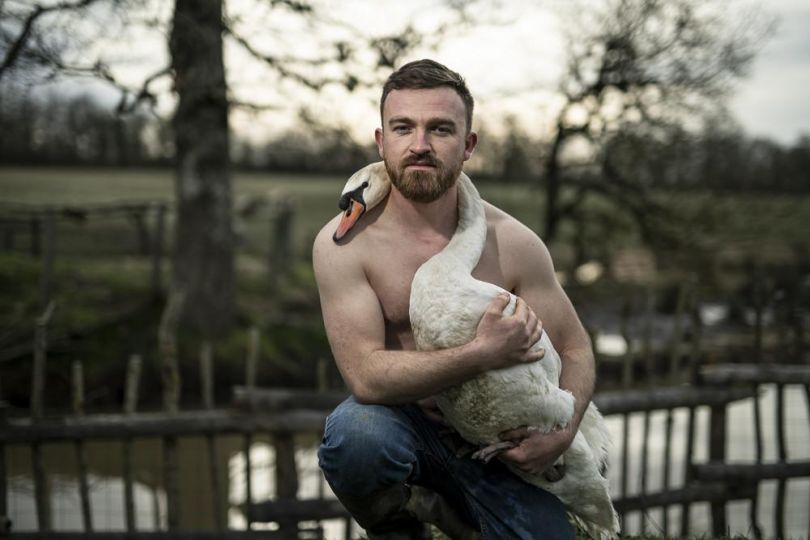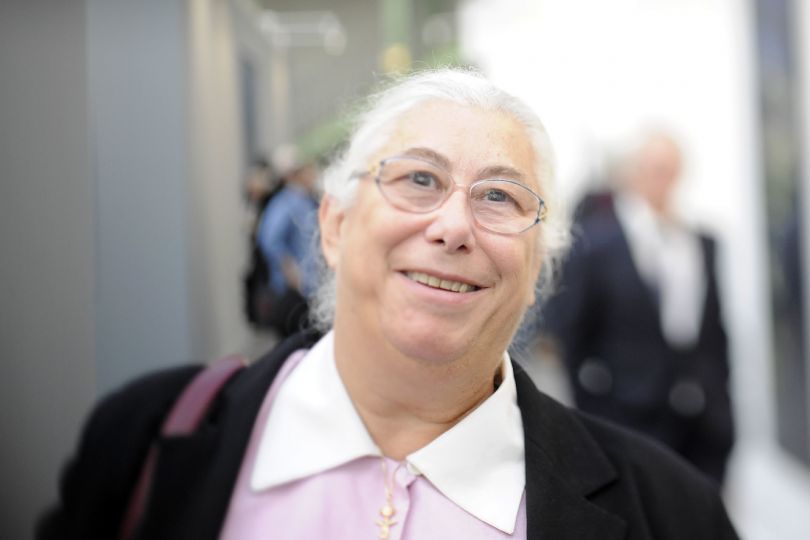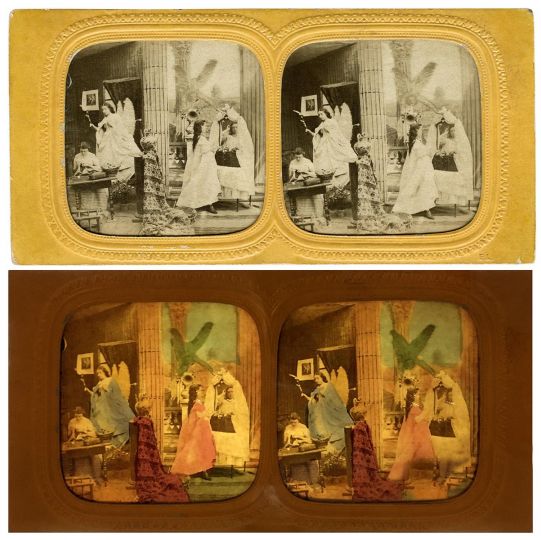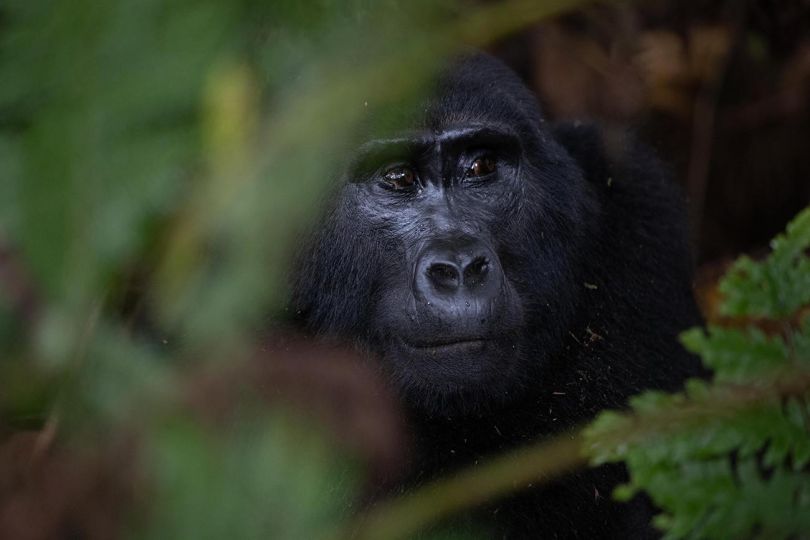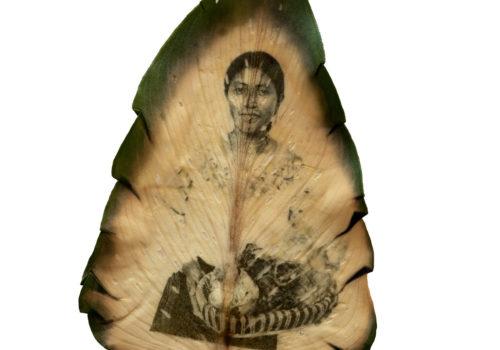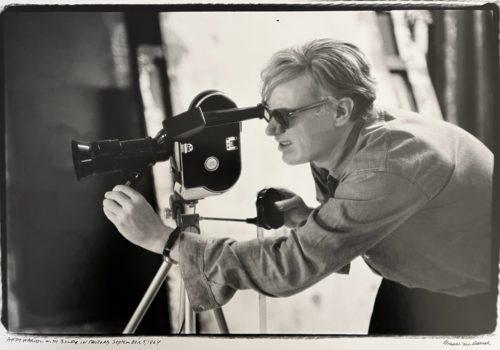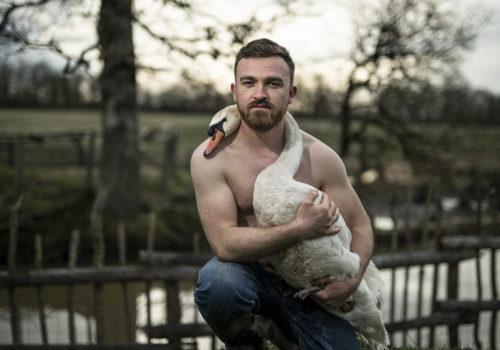Throughout its 34 years , the festival has introduced more than 300 photographers to the city of Le Mans, including such illustrious signatures as Sabine Weiss, Bernard Plossu or Claude Dityvon, among others… It began in 1978 with the name Festival de l’image du Mans, in the hopes of valorizing images in general. In 2006, the festival’s name changed to Les Photographiques and became a purely photographic festival. Festival President Yves Brès, invites us to discover this photographic adventure.
Ericka Weidmann : Can you tell us about this festival that is celebrating its 34th edition ?
Yves Brès : The Festival de l’image du Mans was created in 1978, under the initiative of a few members from a municipal mission on Culture. At the start, it was a vast exhibition with many disciplines and among them, photography, featuring an amateur contest, movies, television, video, and graphic arts. The goal was to mix the different media and compare them. But photography always had a central role. The creation of the Festival du Mans was part of a similar movement during the 1980’s throughout the west of France. During this time, it was obvious that photography was trying to carve itself a place in the cultural landscape. Contre-jour books and the Cahiers de la photographie were born at the same time… The Festival de l’image was resolutely focused on “art photography”. The support of Jean-Claude Lemagny helped bring to this festival, just an association at the time, a host of contemporary photographers. Among the 300 names in the catalogues are Gladys, Patrick Bailly-Maitre-Grand, Gilbert Fastenaekens, Sabine Weiss, Claude Dityvon, René-Jacques, Keiichi Tahara and Bernard Plossu…
Since 2006, Les Photographiques have resisted and continued the adventure.. We can see in this new edition that photography still has a voice, it is endlessly exploring new realities and taking new creative paths. It alone has defended itself against the accusations of being the voice of communication industries, like it had defended itself against the attacks of the contemporary art market.
EW : More then ten exhibitions are organized each year, how do you make your selection ?
YB : The organization relies on a handful of active and devoted volunteers, The selection is a collective one. Once the themes are selected, the group begins making contacts with its vast network. The final selection is made in a group discussion. We select artistic excellence , with an attention to diversity despite our extremely limited financial means…
EW : Who comes to Les Photographiques? The residents of Le Mans like photography ?
YB : Visitors to les Photographiques are essentially from Le Mans. It is a regional festival. Our efforts over the past few years have been concentrated on increasing the notoriety of the Photographiques, both on a local scale and on a scale including neighboring regions such as Brittany, Normandy, the region surrounding Tours and the west of Paris.
EW : What is the particularity of Les Photographiques in relation to the numerous photography festivals around France ?
YB : Our festival has no intention of competing against the big machines that have major professional means. We are convinced there is room for associative efforts. This dual ambition both regional and associative conditions our relationship to other festivals. Our programming is geared essentially towards young photography, and we are keen on focusing on local artists.
EW : After more than 30 years, what kind of financial support do you receive ?
YB : Our financial support stems almost entirely from public subsidies. The first major contributor is the city of Le Mans, both financially and logistically. The region of the Pays de la Loire and the Department of the Sarthe also contribute regularly. Our funds have remained stable for many years, save for the department subsidy that dropped three years ago. Which represents an erosion over time given the fact that we try to compensate with exceptional subsidies linked directly to special projects.

